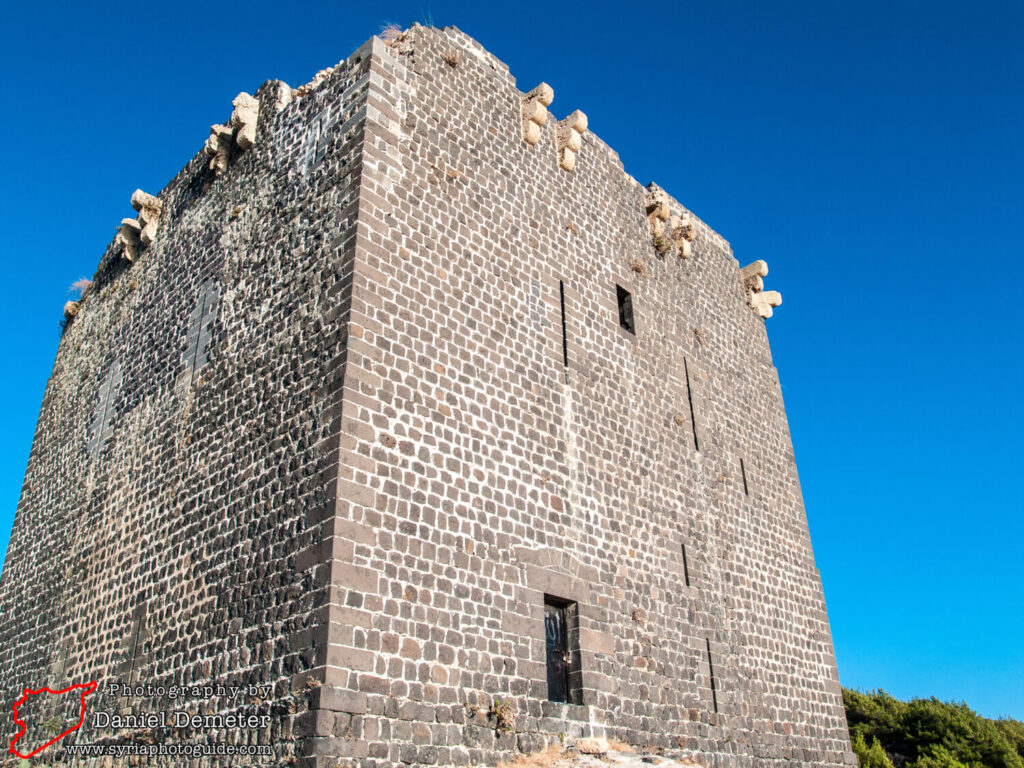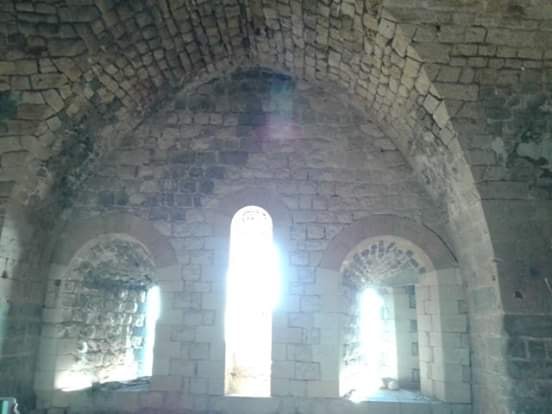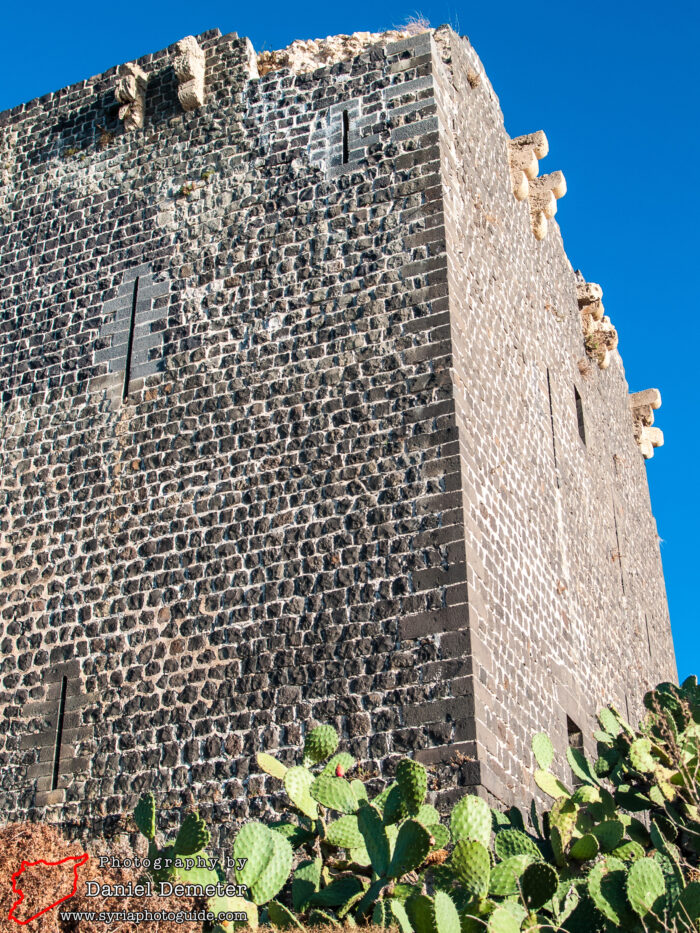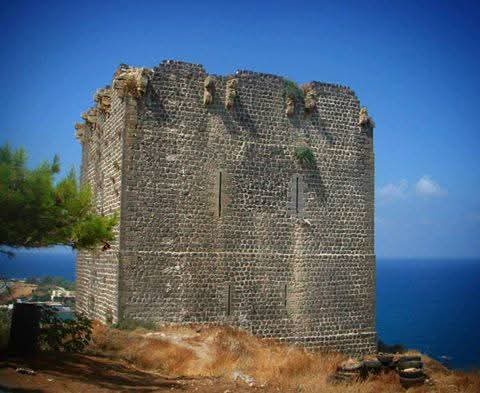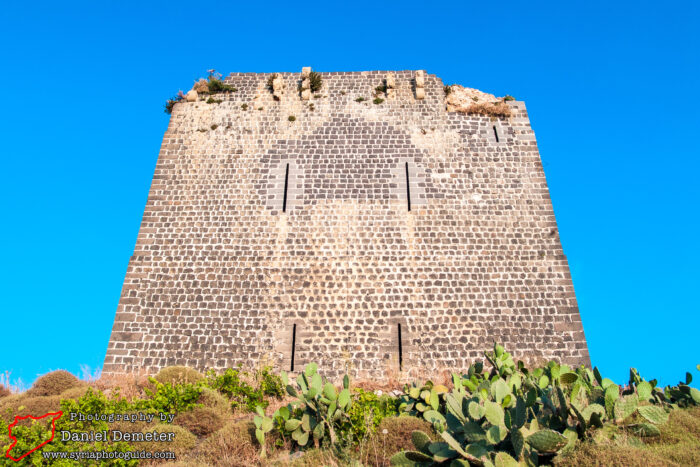This site is a historical landmark associated with Margat Castle. It was constructed as a watchtower during the Crusades and dates back to the 11th century AD. Built roughly two centuries after the original fortress, the tower served to reinforce the castle’s defenses, protect the adjacent coastline, and safeguard its small harbor.
There are two legends surrounding the tower’s name. The first claims that the son of a coastal king, seeking to imitate Margat Castle—then under his father’s rule—built this tower, which was subsequently named after him as “the Boy.” The second legend suggests that the name symbolizes Margat as the “mother” and the tower as her “son”.
In the 1990s, the Tartus Department of Antiquities undertook restoration work to repair two major breaches in its walls. Further renovation followed in 2001, including the restoration of its northern and eastern façades, repair of its arches and roof, and the installation of lightning rods. The tower was attacked and occupied by French forces in 1920. After Syria gained independence, the site became part of the Directorate of Antiquities and Museums.


